3. Circular fashion¶
Final product will feature here...
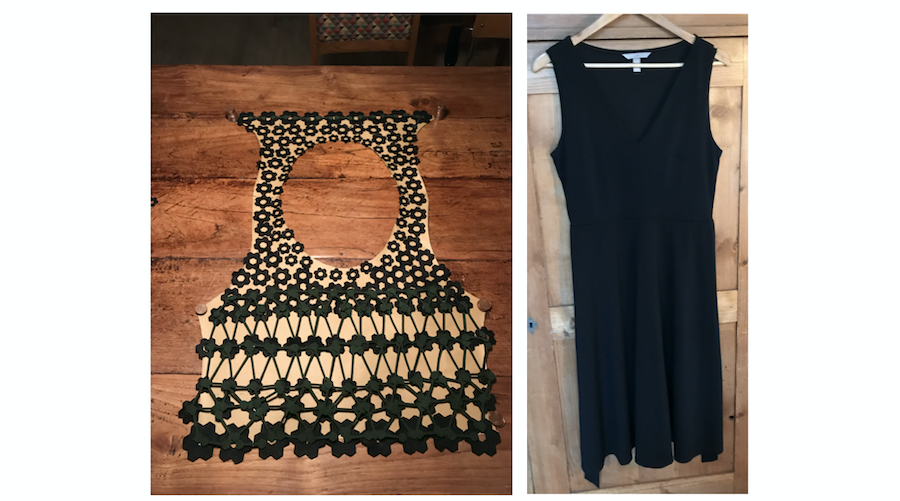 I was going to discard this black dress because the top part is ill-fitting, but decided to not let it go to waste and replace the top with my modular designs. Unfortunately something did go wrong (scroll right down).
I was going to discard this black dress because the top part is ill-fitting, but decided to not let it go to waste and replace the top with my modular designs. Unfortunately something did go wrong (scroll right down).
Inspiration¶
 Works from Dutch ZERO Artist Jan Schoonhoven 1914-1994. I like the idea of how white can enable so many colours and shades.
Works from Dutch ZERO Artist Jan Schoonhoven 1914-1994. I like the idea of how white can enable so many colours and shades.
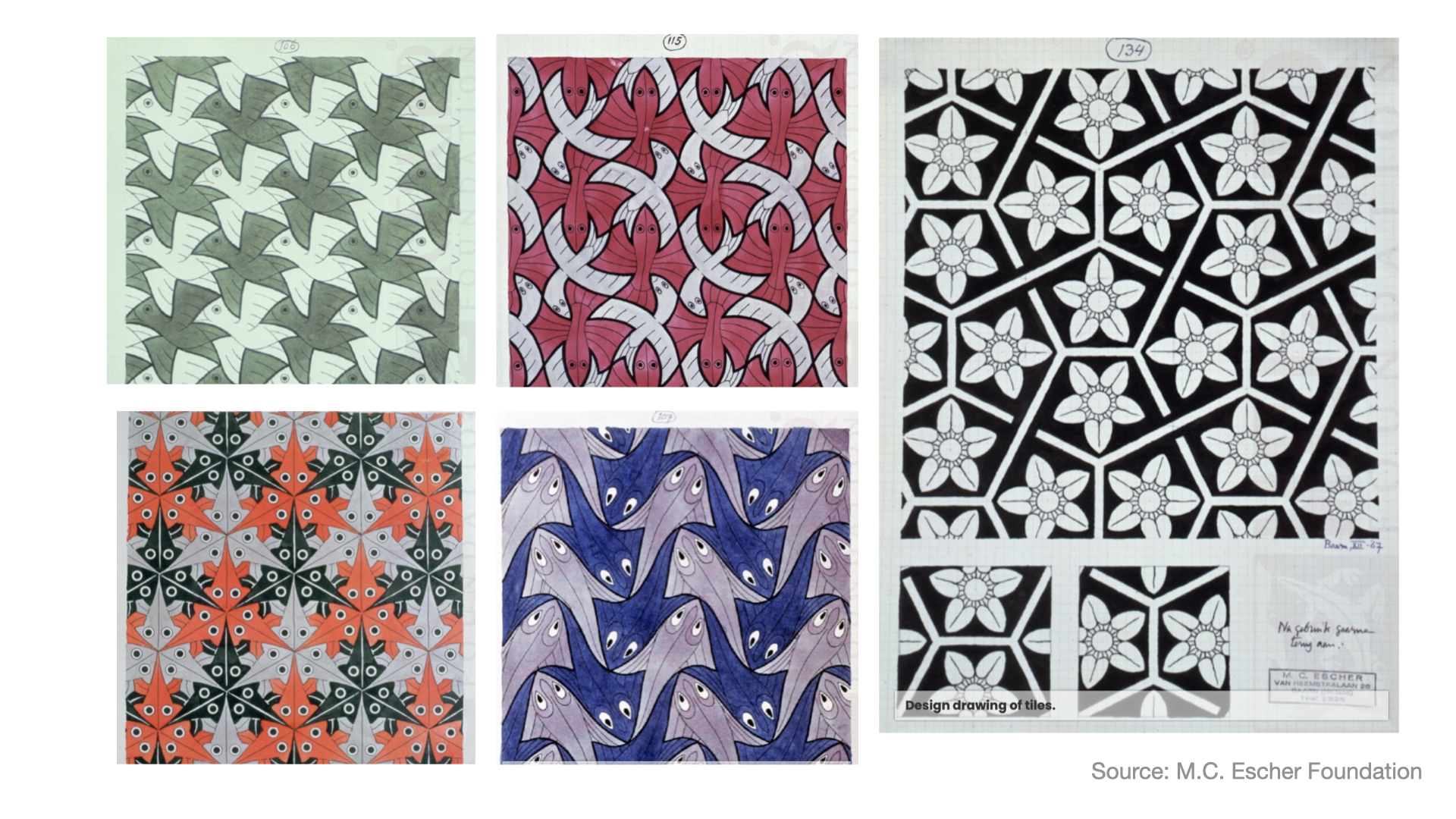 M.C. Escher was also preparing for a laser cut programme avant la lettre - look at the image on the right.
M.C. Escher was also preparing for a laser cut programme avant la lettre - look at the image on the right.
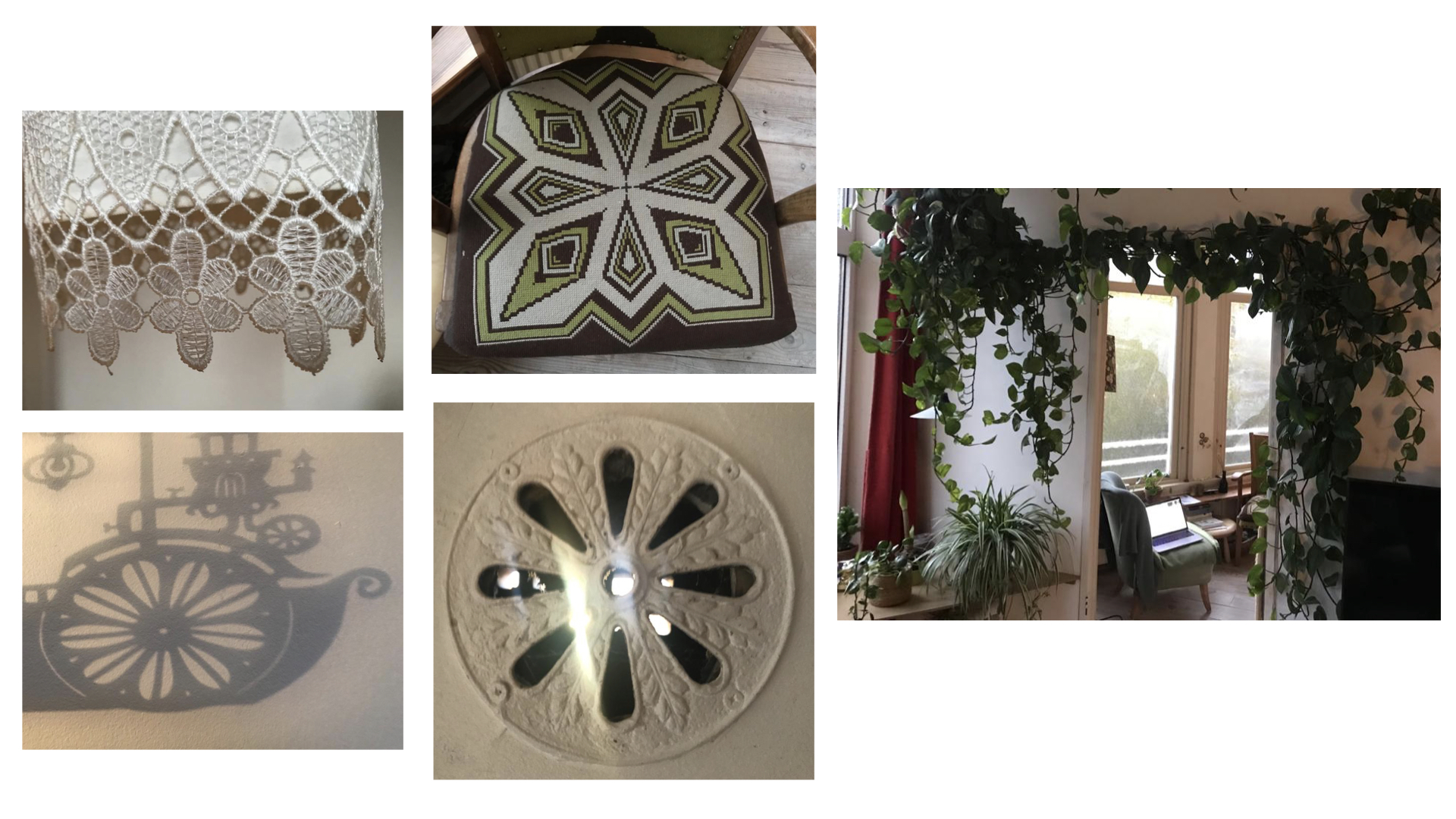 Inspiration from my home
Inspiration from my home
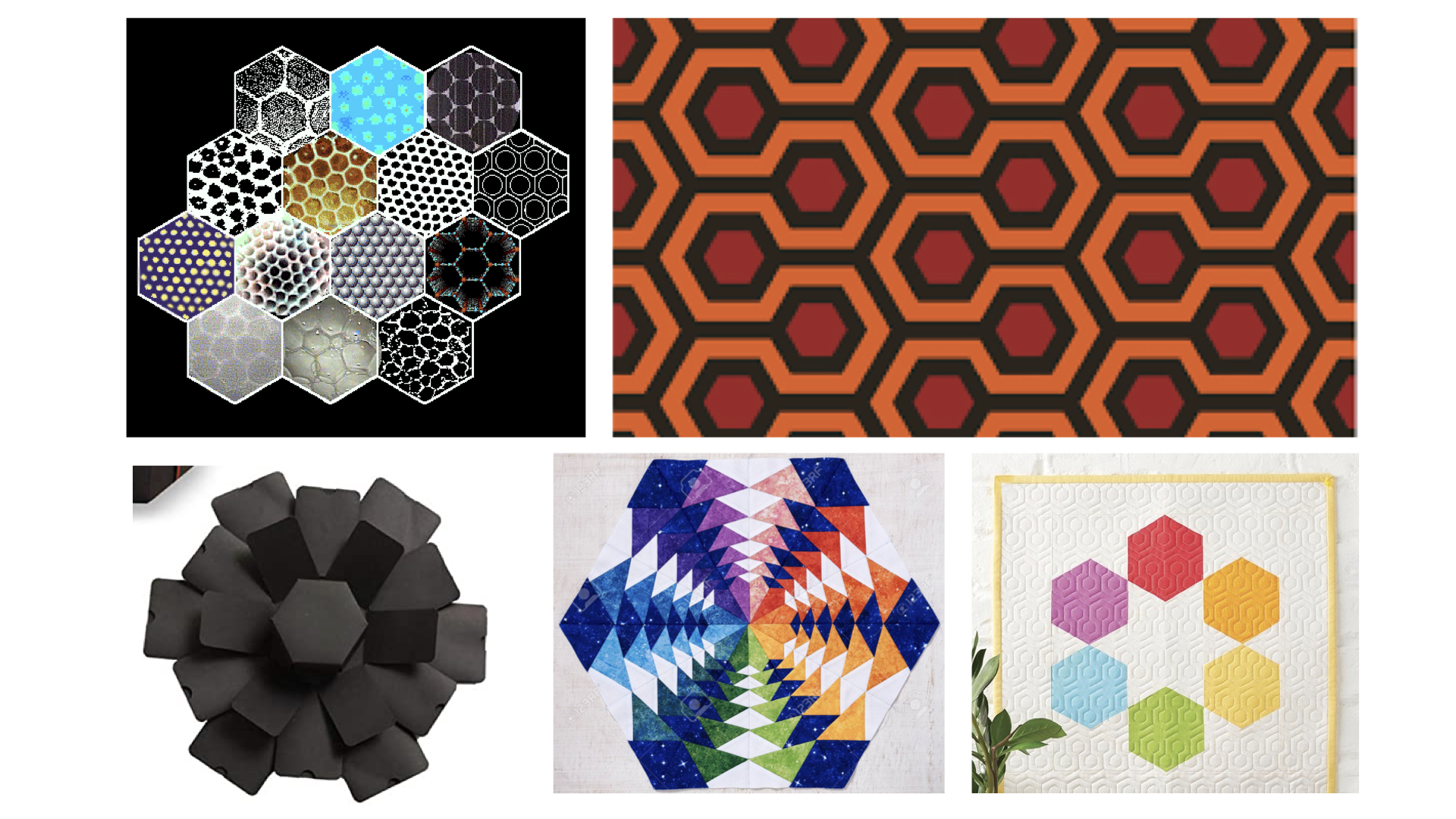 Inspiration from hexagons in nature, Stanley Kubrick's The Shining and crafts
Inspiration from hexagons in nature, Stanley Kubrick's The Shining and crafts
 This in an example from Berber Soepboer and Fioen van Balgooi I have admired for years and have used in many lectures.
This in an example from Berber Soepboer and Fioen van Balgooi I have admired for years and have used in many lectures.
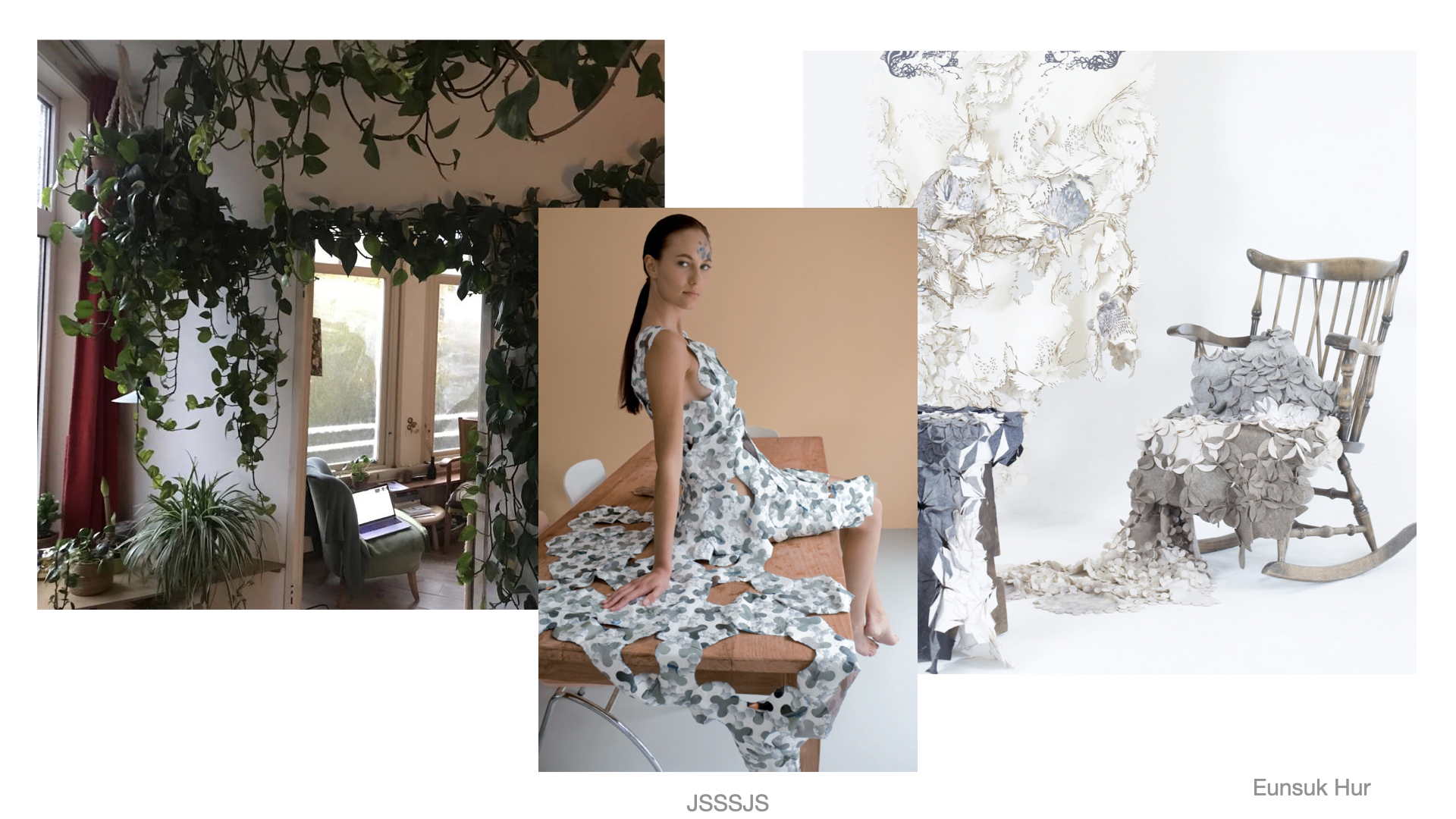 I think I want to make something that extends in all directions rather than creating a closed surface.
I think I want to make something that extends in all directions rather than creating a closed surface.
Research¶
Geometric patterns can be found in nature, science, art and even in thinking and philosophy. We, human beings, furthermore like to order things surrounding us and geometric patterns and order may offer an antidote to the chaos that's also inevitably there.
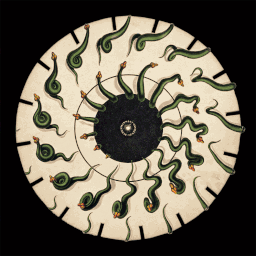
By Joseph Plateau
Joseph Plateau (1801-1883), a Belgian physicist and mathematician was one of the first people to demonstrate the illusions of the moving image. Even though not in textiles, I think this is an intriging and inspiring example.
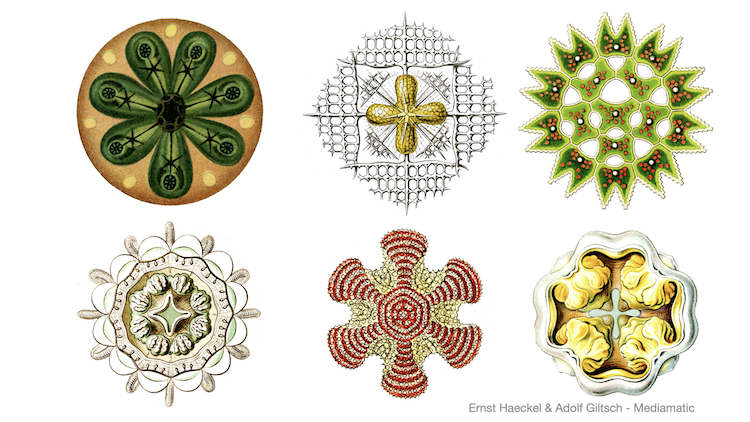
Ernst Haeckel (1834-1919) published over a hundred illustrations of sea creatures and animals, some of which featured above. Although a controversial personality, Haeckel's work displays the modular character and simetrical character of nature well.

Natures geometrical shapes have inspired artists, architects, mathematicians and philosophers for centuries. Above you see some of the inspirations of Jasser van Oort's design studio.

Quentin Meillassoux (1967) is a speculative, realist philosopher and author of After Finitude (2006). He poses that mathematics reaches the essences of things, in contrary to the secondary qualities that are percepted. I find his theories fascinating, yet the philosopher in me intuits to disagree in principle, whilst agreeing to its opartial truth and aesthetic beauty. One day I'd like to carefully study his ideas, for now there's no time for this at all. I need to start making modules.
Making Modules¶
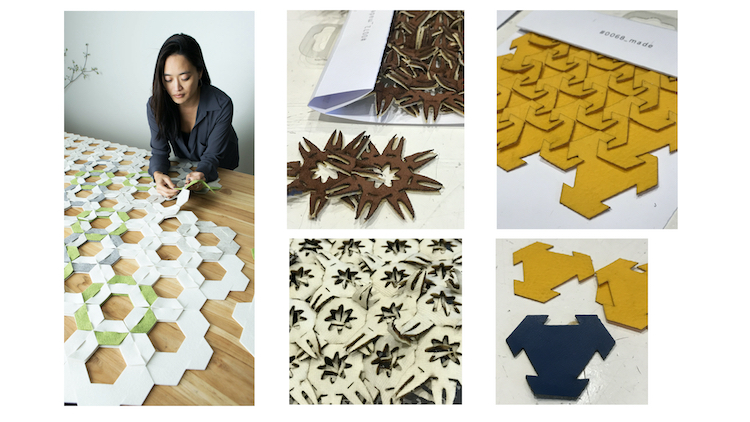
Image credits: Aurelie Tu (left) and Rebecca Louise Breuer
a specific hexagon idea that inspired me and some physicl experiments present at Waag.
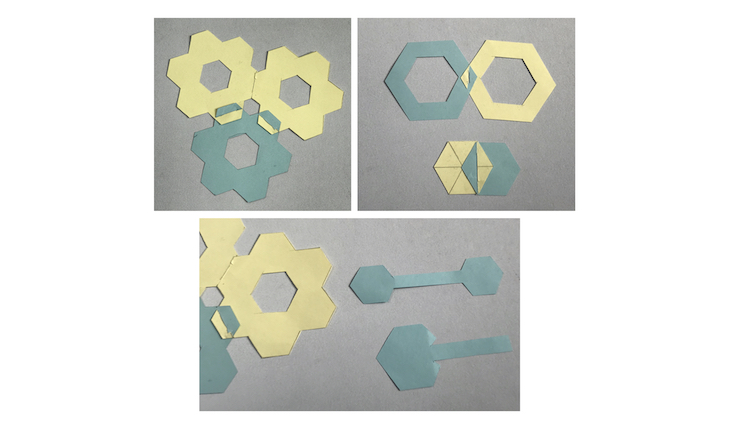
The hexagon it was going to be. Trying out some paper connections.

Once drawn in Rhino (which was less nono this time perhaps since it was 2D) the 10x10 grid caused a slight panic. I decided to focus on a singular module and take things from there, rather than working with a hundred or something of them.
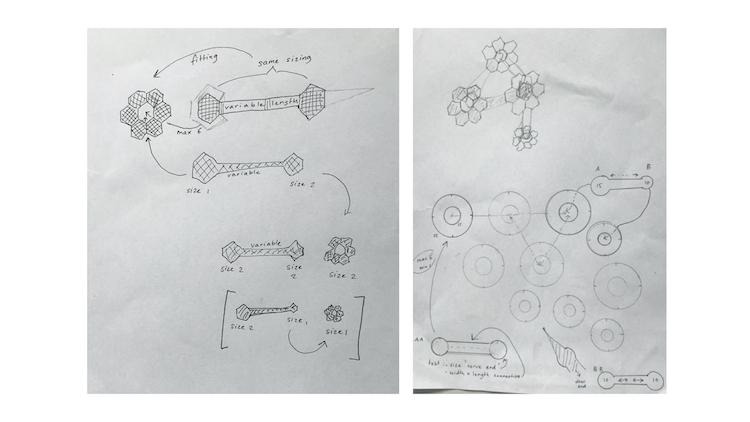
I drew some images and want to combine hexagon 'flowers' of 3 or 4 sizes with stems of similar variations that connect to each other, enabling a lively plane with more or less openess to be created.
Laser Cutter Reminder:
- Have Rhino file on external stick and locate
- Open Lasercut 53 (Blue icon in lower bar)
- File import
- Select file
- Change setting
- Download
- Delete all
- Downloag current
Turn laser 1 and 2 on:
- Press escape on laser (will remove previous anchors and settings)
- Press anchor (mostly left top corner related to the size of your cut)
- Press enter (will enter the anchor spot)
- Press test (and make sure your material covers the area)
- Turn on ventilator (crucial)
- Turn key for switch 3 (actually activating the laser)
- Press start (gogogo yeah!)

Settings:
- Neoprene: S100 / p30 / cs20
- Felt: S90 / p20 / cs20 , later changed to s90 / p25 / cs20 because one or two corners didn't completely cut in the final wool felt I used
I started testing and, of course, the stem was far too small to stay put in the middle of the hexagon. I therefore decided to create some slits securing the stem to stay put.
The test proved the stem is dangerously narrow and the neoprene will itch badly wghen worn directly on the skin. I therefor turned to a more friendly material for the stems and have bought black wool felt for the flowers.

I used Rhino quite intuitively and found some, probably uncommon, solutions to some problems I encountered.

On the left all my designs on the one Rhino page. On the right the discovery that not all intuition works, I hadn't joined the first stem and thus copied many loose curves that I could not join in hindsight. Back to work.
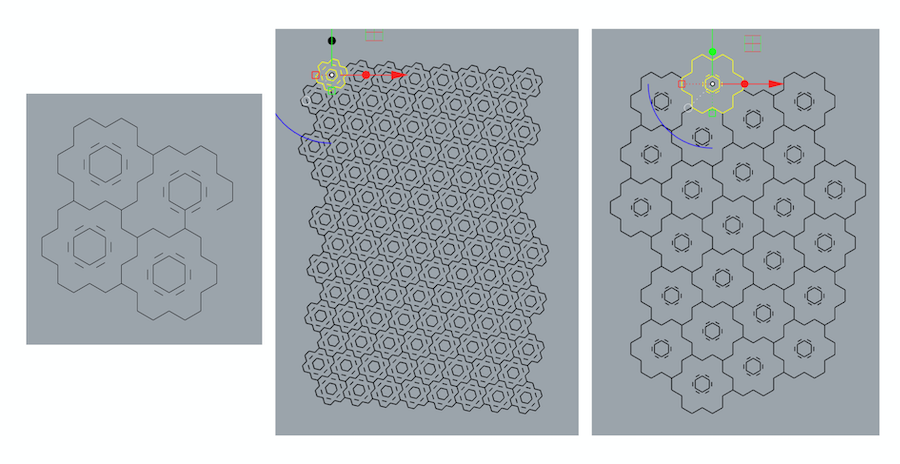
I made sure that I didn't make the same mistake when putting the flowers together and was reading to laser cut.

At home, Monday evening, I was very disappointed to discover that the wool felt I used was much more fragile than the synthetic felt. I will never ever assume similarities between slightly different materials. I will, however, use a scrap piece of material to laser cut the flowers from the same material as the stems. With single tests before starting the whole, of course.